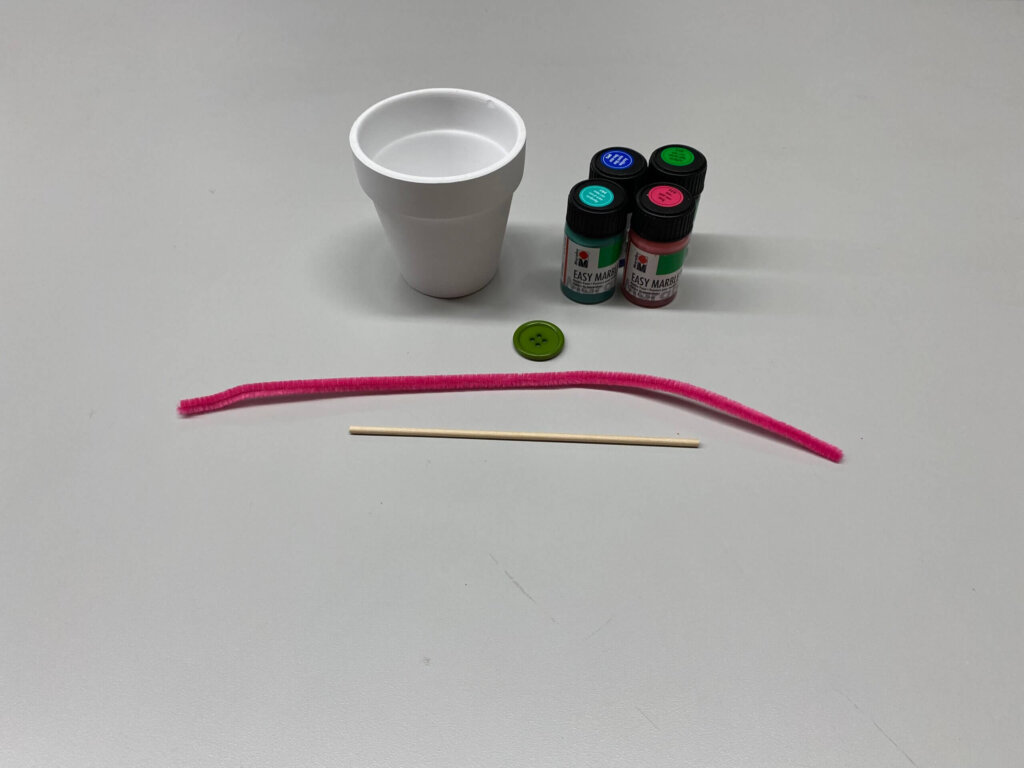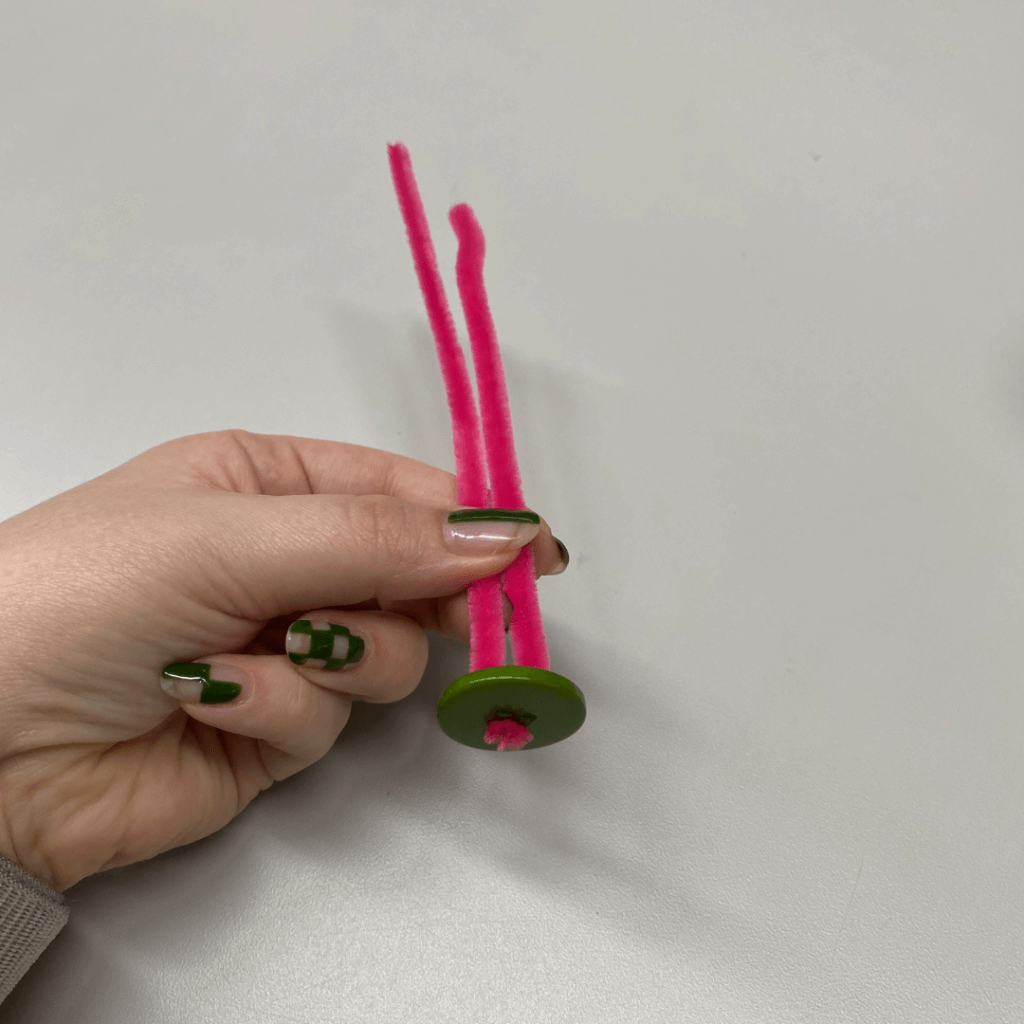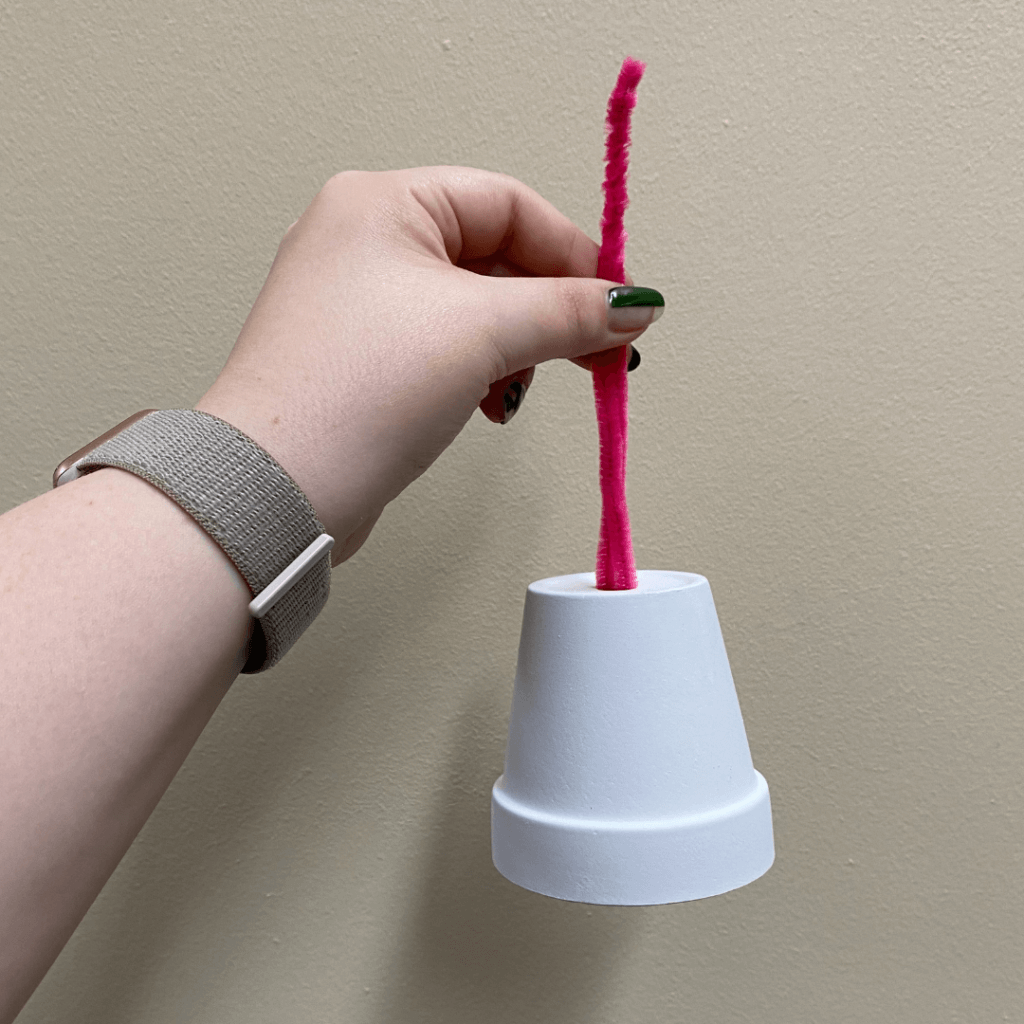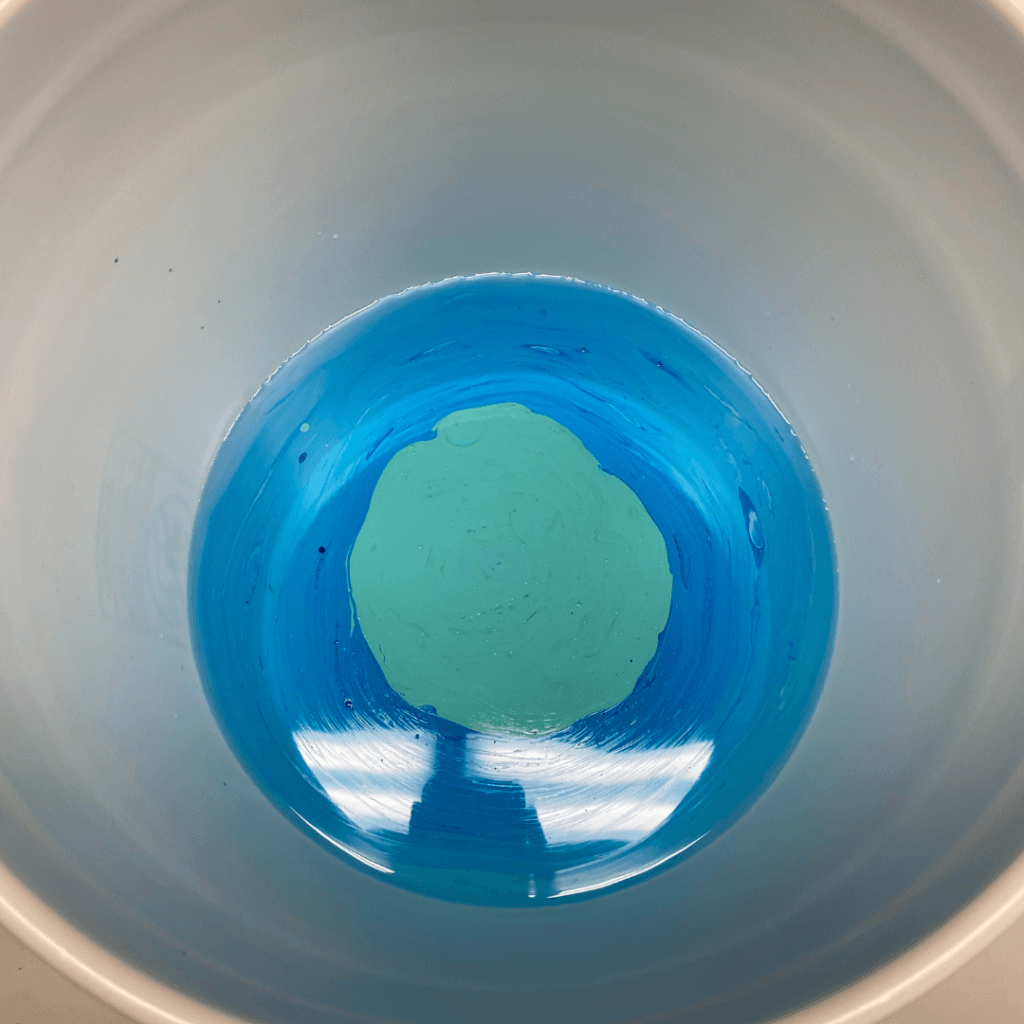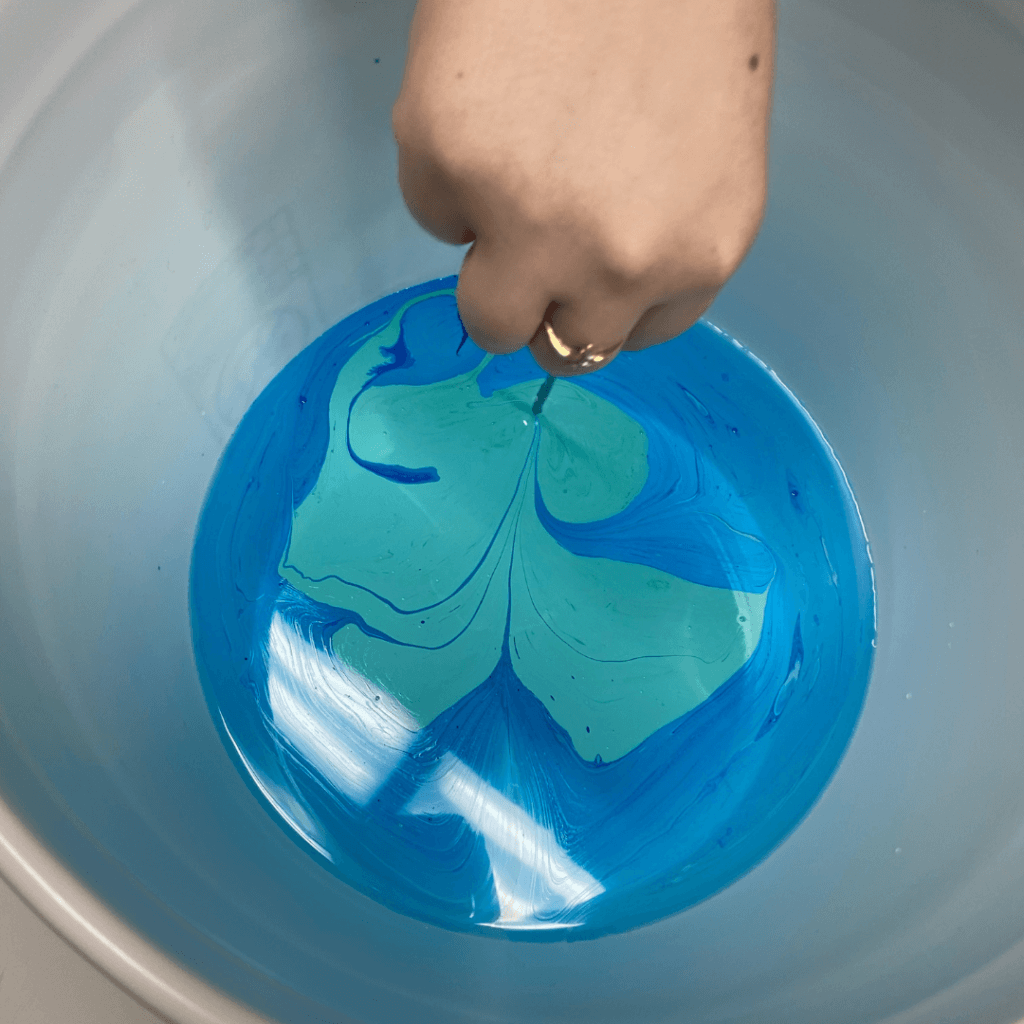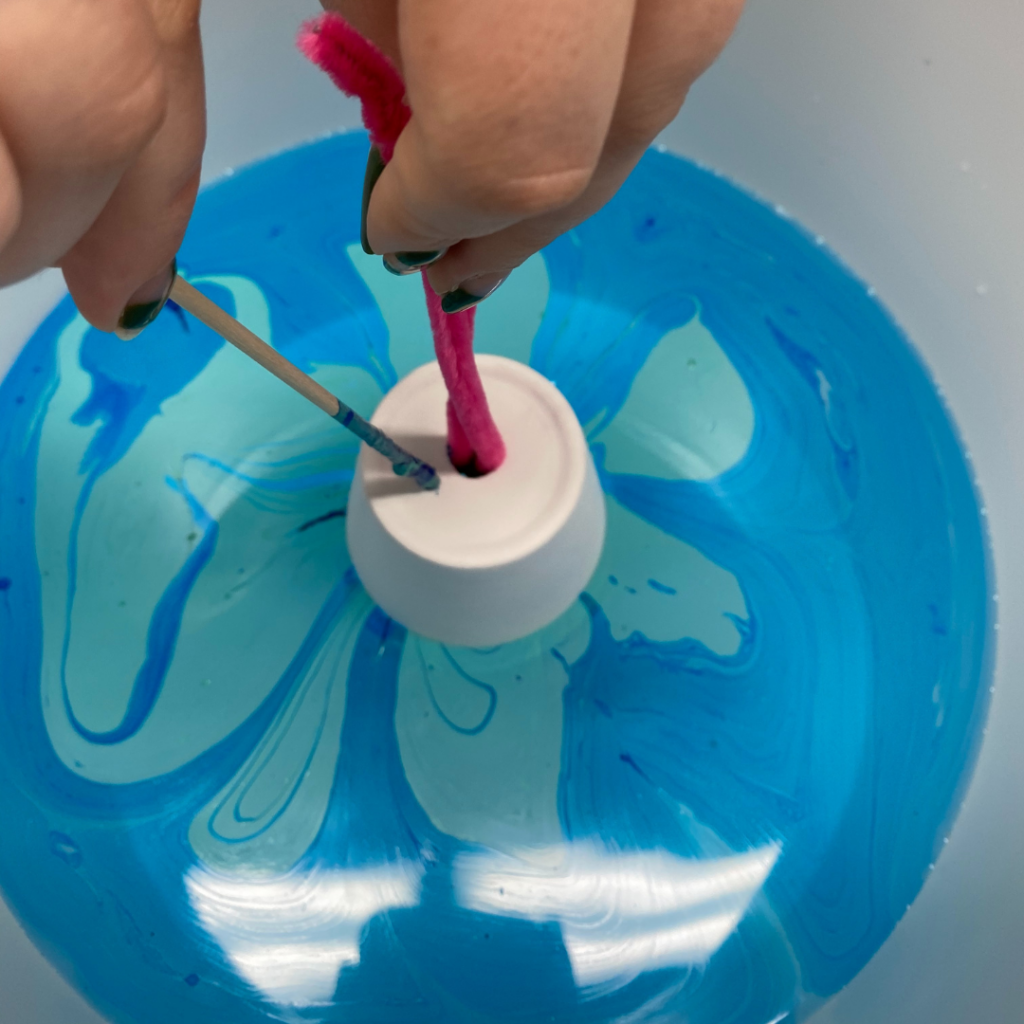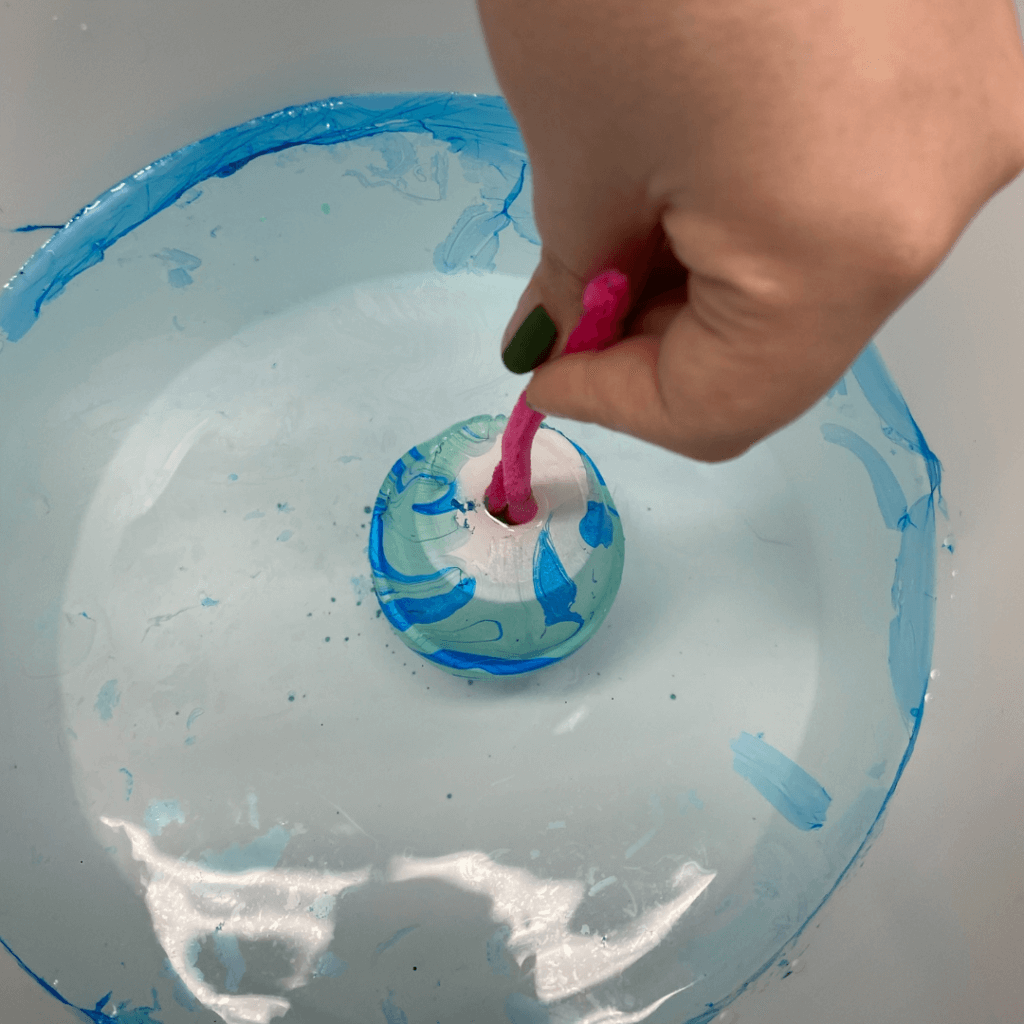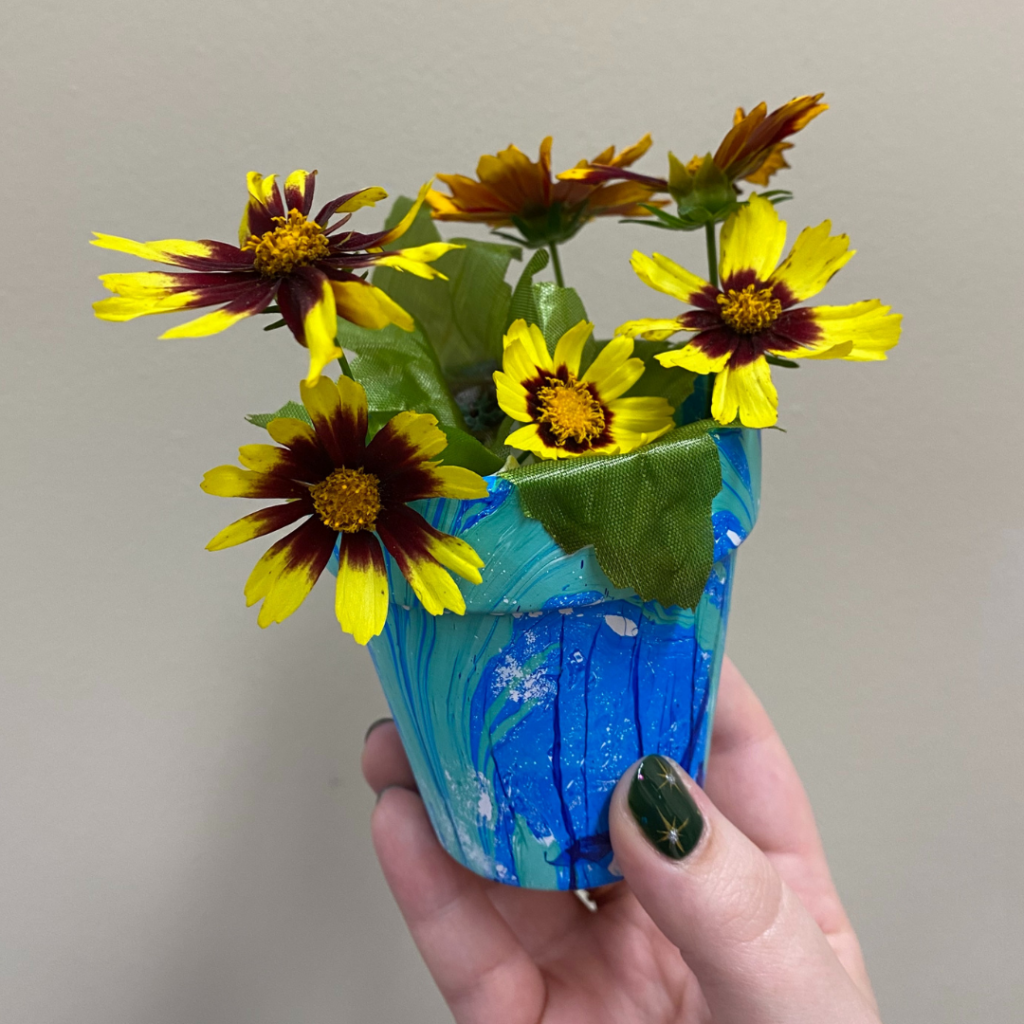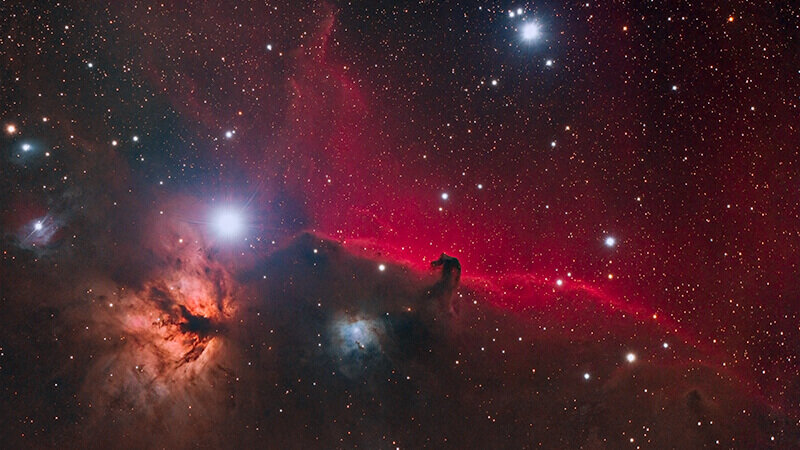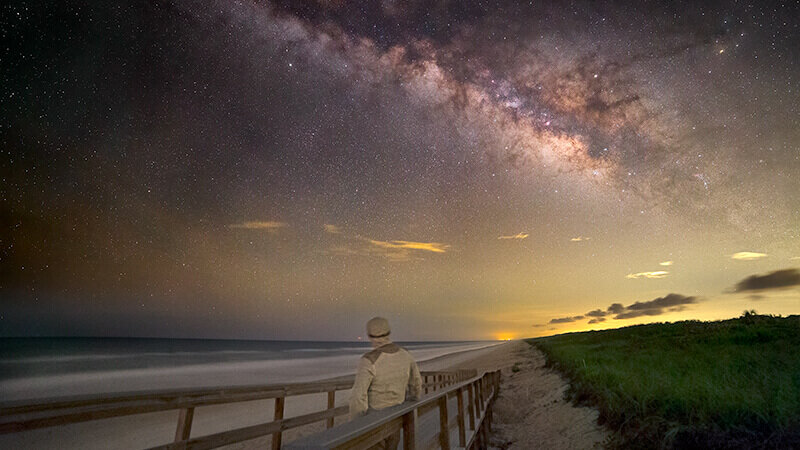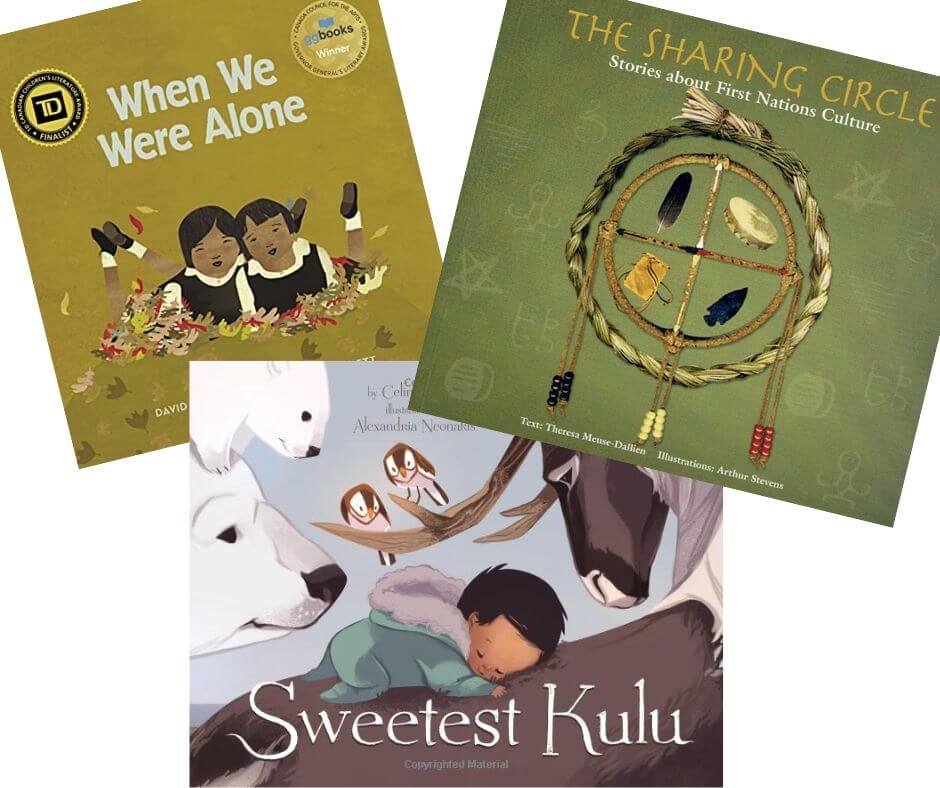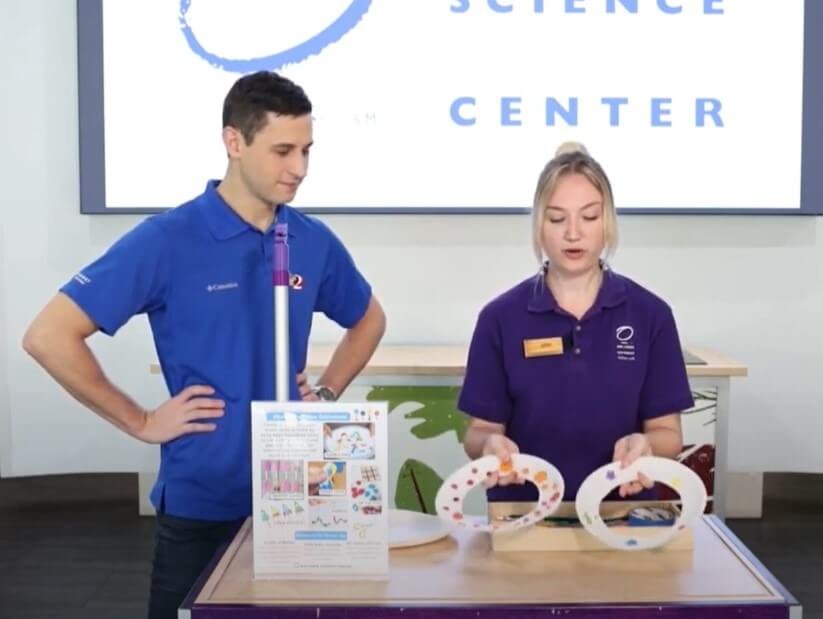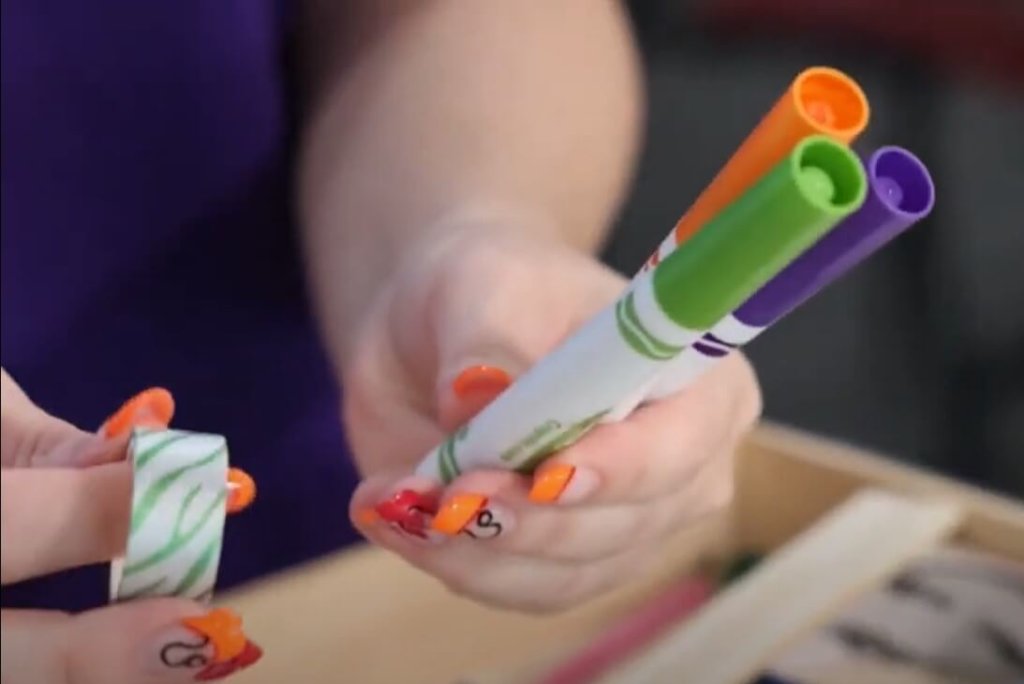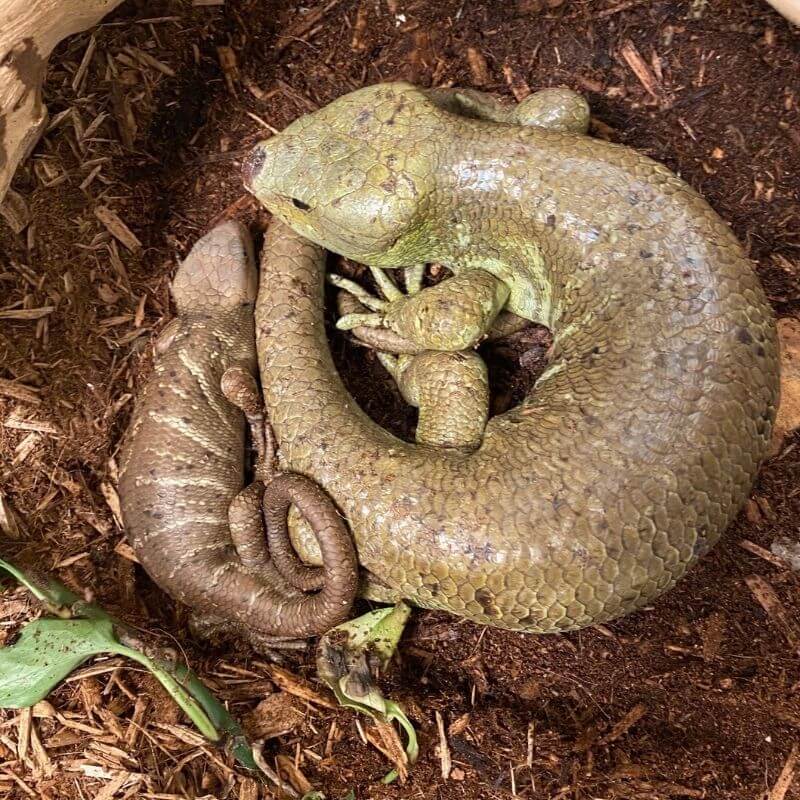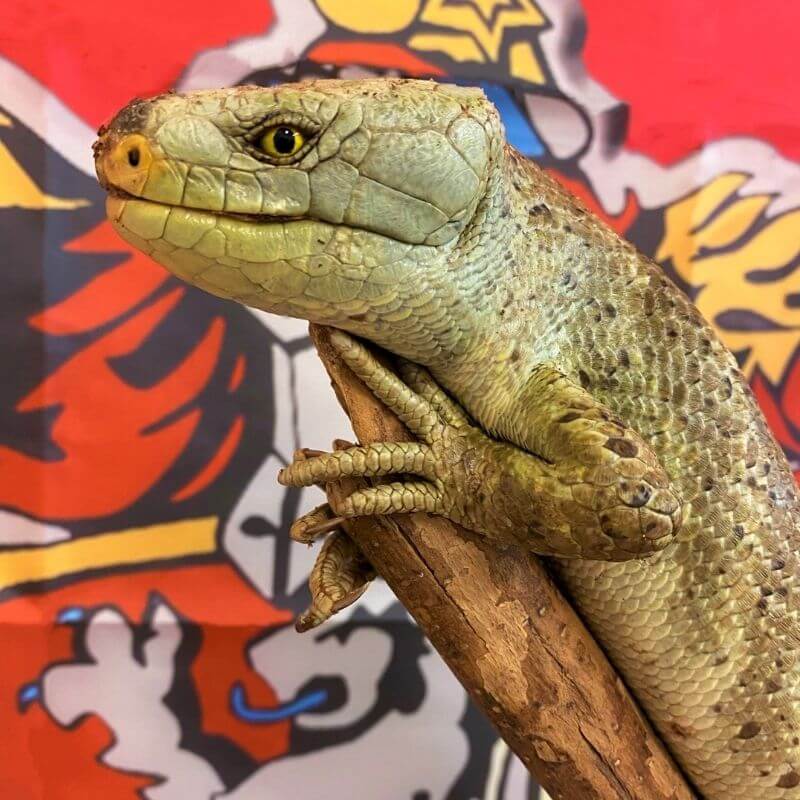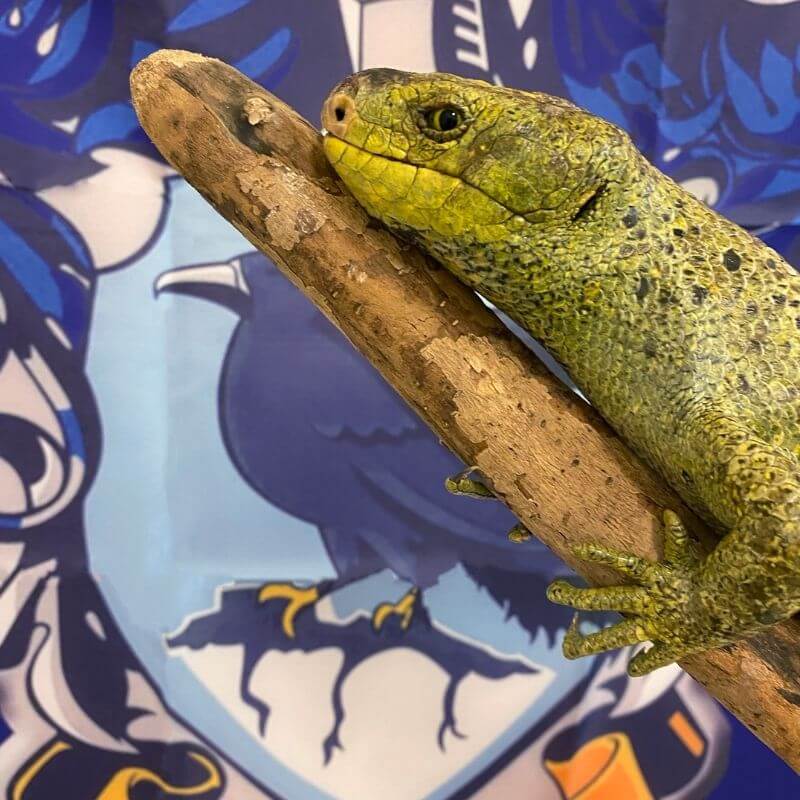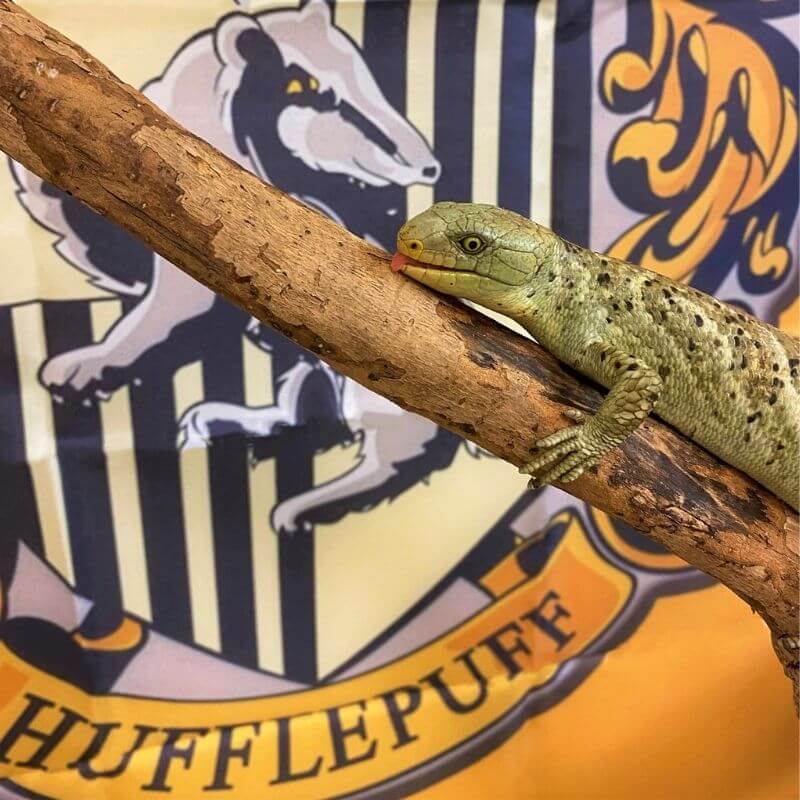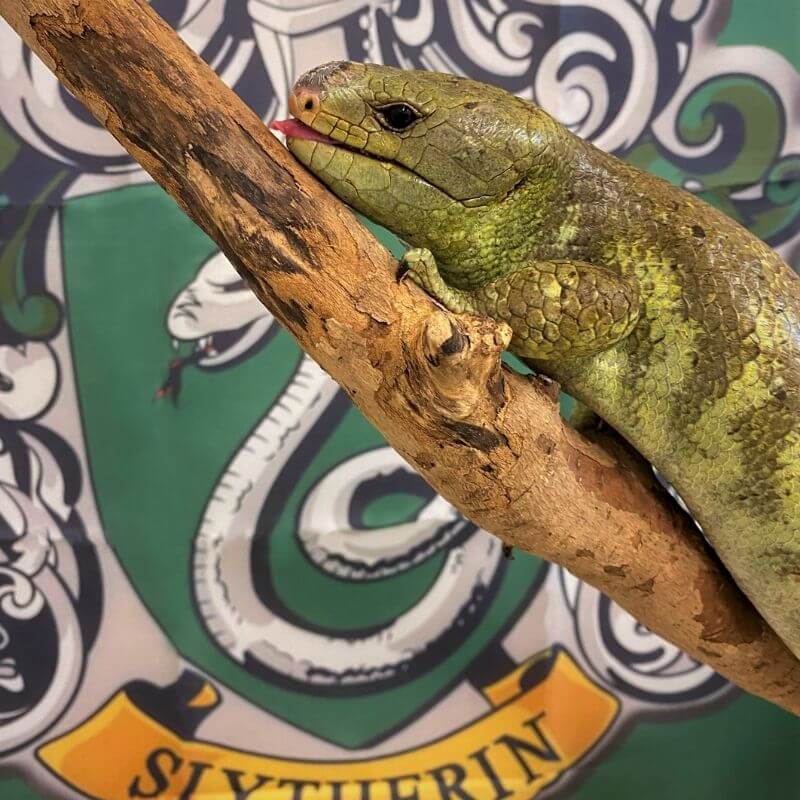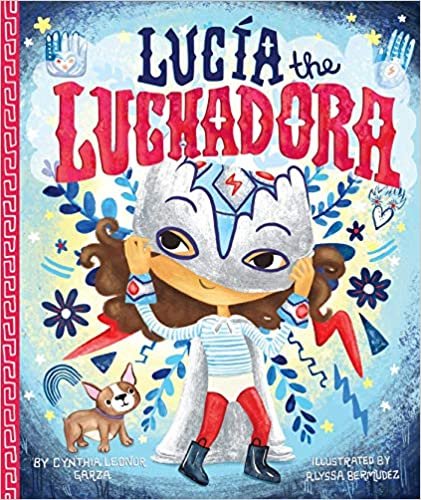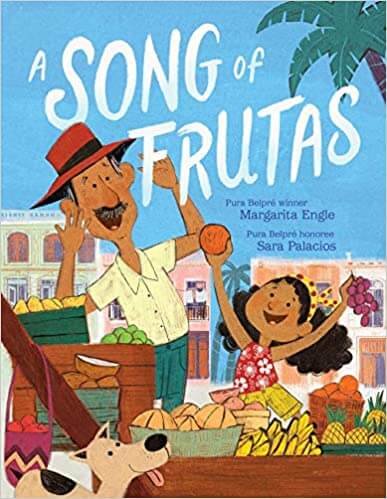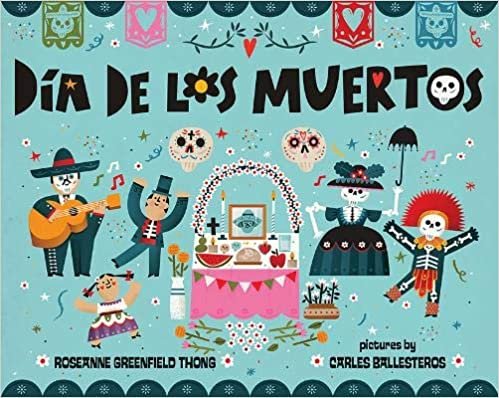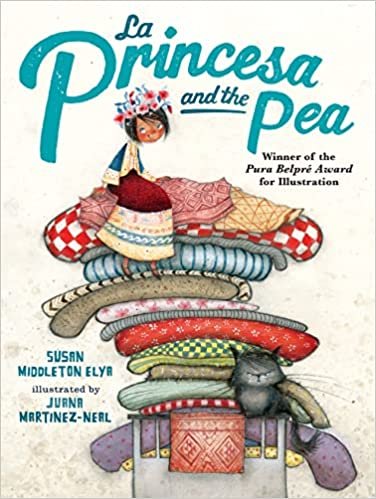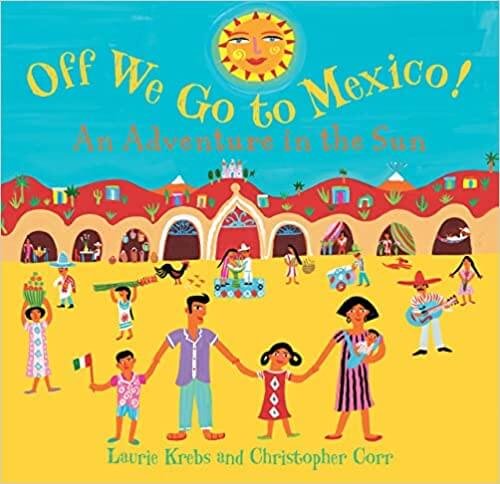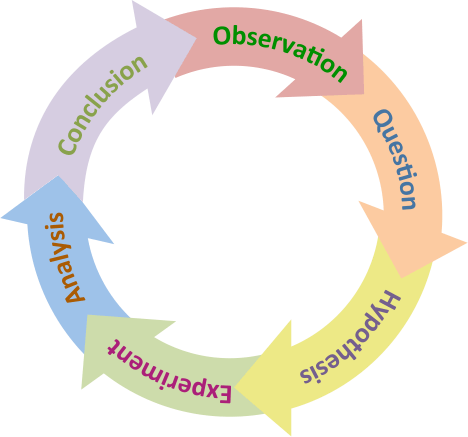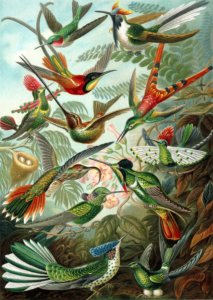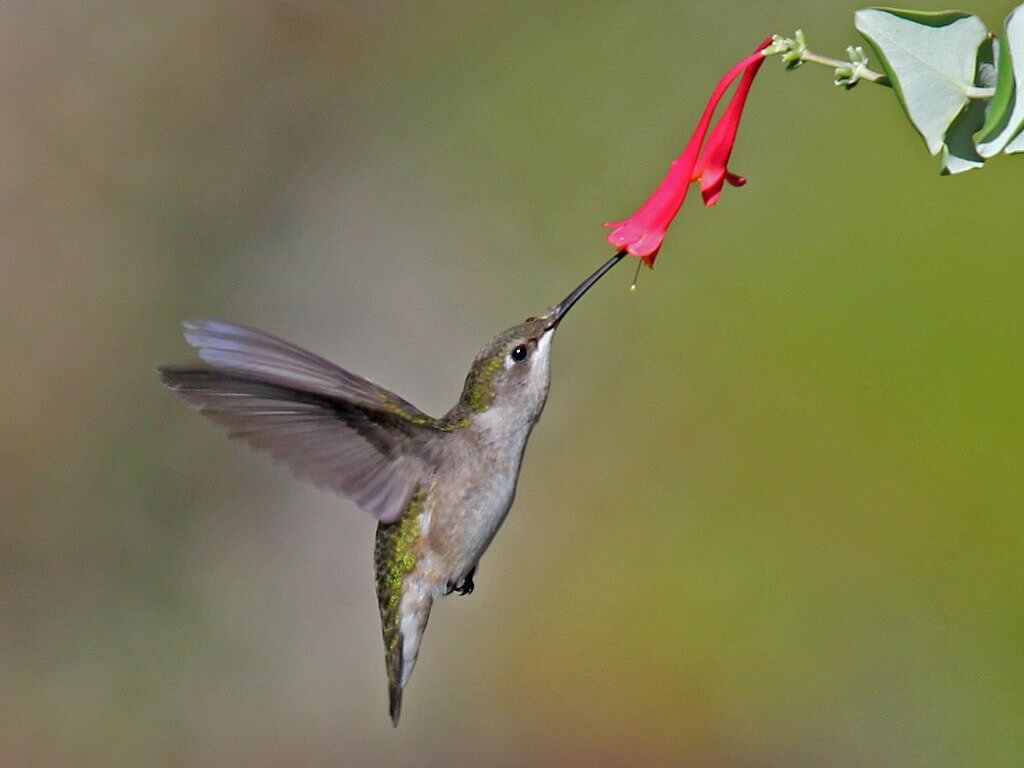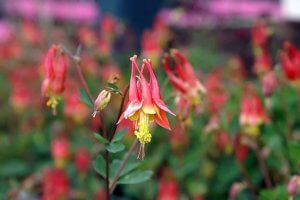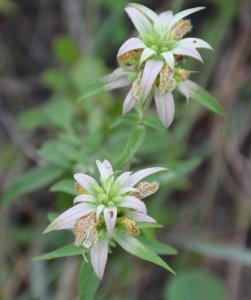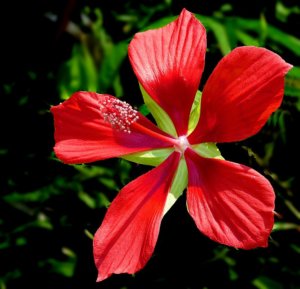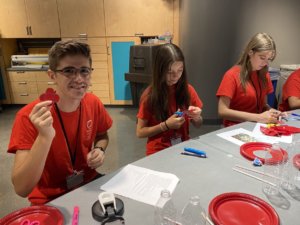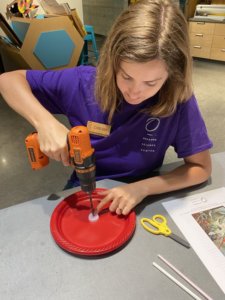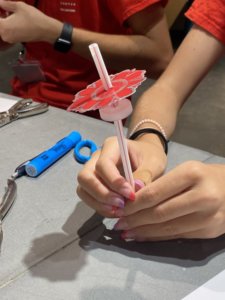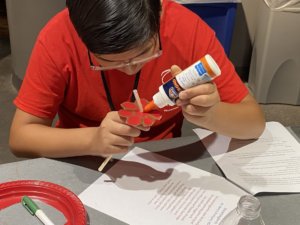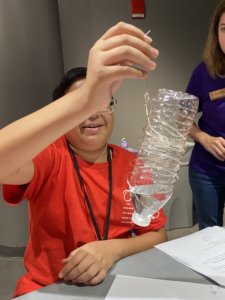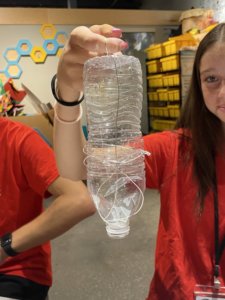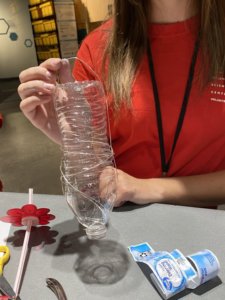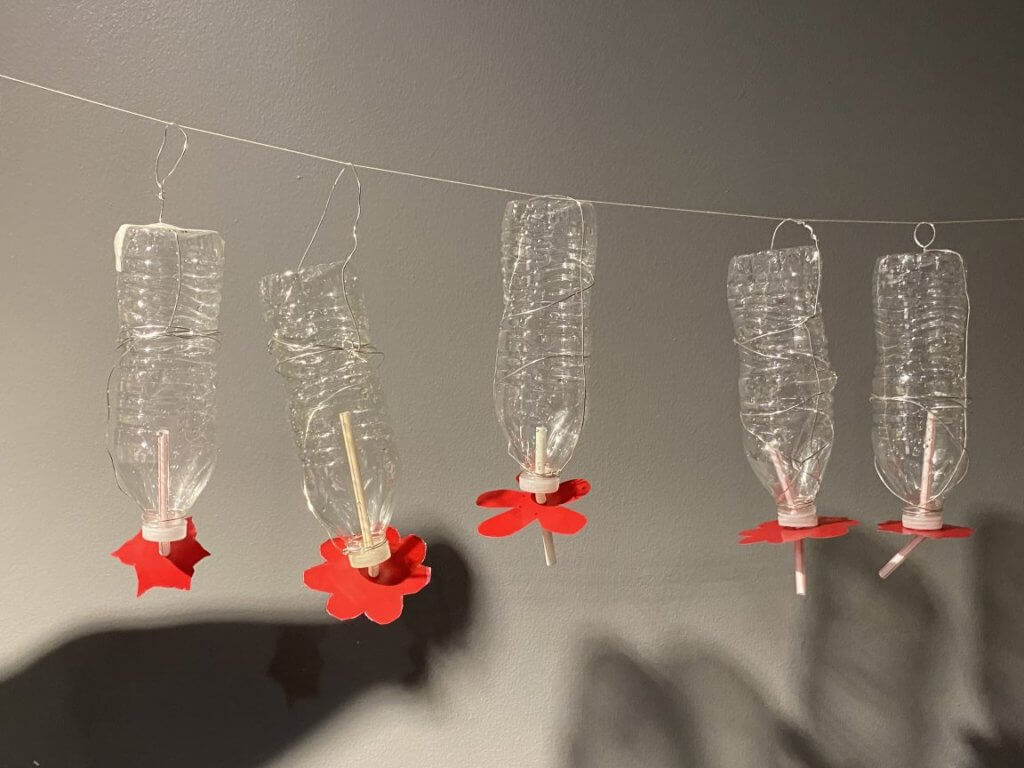4-Day Celebration of All Things Science at Orlando Science Center's Spark STEM Fest
Presidents Day Weekend - February 17-20, 2023 Presented by UCF Office of Research
Otronicon has evolved with Spark STEM Fest coming to Orlando Science Center! When Otronicon debuted in 2006, Orlando Science Center knew they had something special. Over the years, this event engaged thousands with exciting STEM lessons wrapped in an unforgettable package. As Otronicon grew, they discovered that there was real educational power with connecting the public to industry through exclusive opportunities and innovative partners. This collaboration combined with a desire to ignite curiosity, inspire innovation and build community has become the foundation for the all-new Spark STEM Fest, which premieres Friday, February 17, and continues through February 20, 2023.
Spark STEM Fest builds on Otronicon’s success with capturing the public’s imagination through a fast-pasted, multi-day celebration, but focuses on the entire STEM field, not just technology. Presented by UCF Office of Research, Spark STEM Fest resides at the crossroads of inspiration and engagement, stimulating fascination with STEM careers, encouraging meaningful interactions between the public and STEM professionals and creating dreams of a bright, new future.
This 4-day event features multiple exhibitors, workshops, and dynamic demonstrations, led by STEM experts to engage visitors of all ages, including the following eye-popping opportunities.
- World Renowned Juggler and Engineer Greg Kennedy weaves science, engineering and art gracefully into a live show illustrating the physics at work during his kinetic creations. This show makes physics approachable through relatable stories and captivating demonstrations.
- Learn about the Artemis Program and other current and upcoming NASA missions launching from our own backyard on the Space Coast. Act as an engineer in KSC's Exploration Ground Systems program and work with your team to build your own Mobile Launcher tower that can withstand the winds experienced on the launch pad.
Unlock the possibilities waiting for you in the world of coding! Led by Disney programmers and engineers, workshop participants will design their own software while discovering the essentials of computer science and software design.
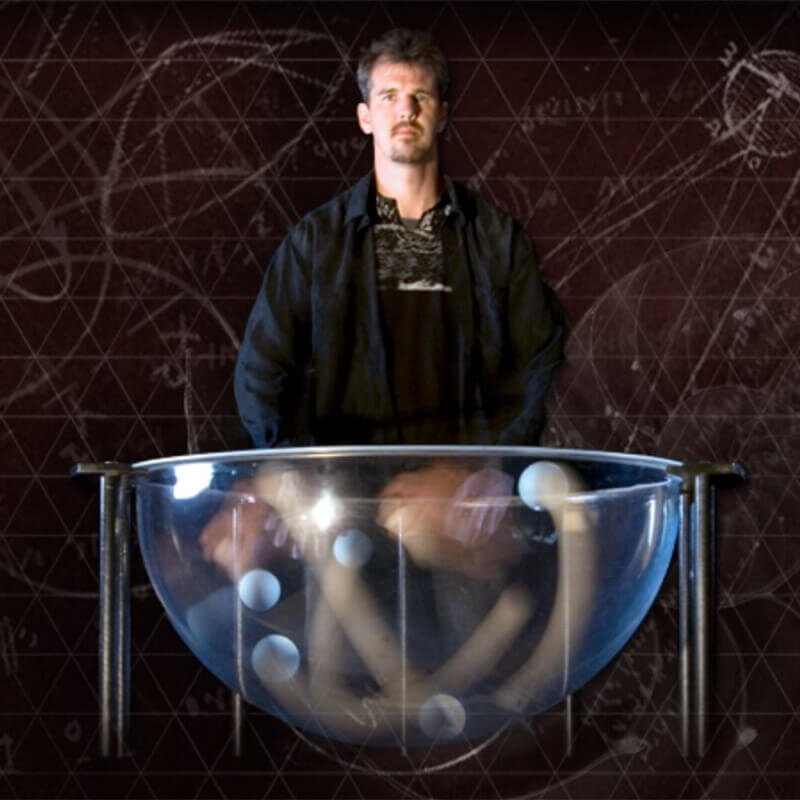
- Get hands-on with expert-led workshops! Learn how to code like a pro, get flight lessons from Lockheed Martin or dive into the science of sharks. You’ll leave these workshops with a newfound skill and insight into different STEM careers.
- Ready Player One? Race down Rainbow Road or join the Super Smash Bros Tournament during Spark STEM Fest with Powder Keg Games! Visitors can enter for a chance to win cash prizes and be proclaimed champion as they compete in various video games tournaments.
- From LITERALLY cool liquid nitrogen demonstrations and foam explosions to animal encounters and meet and greets, enjoy shows and presentations from the creative minds behind our most popular events like Mess Fest, Astro Fest, and Science Night Dead.
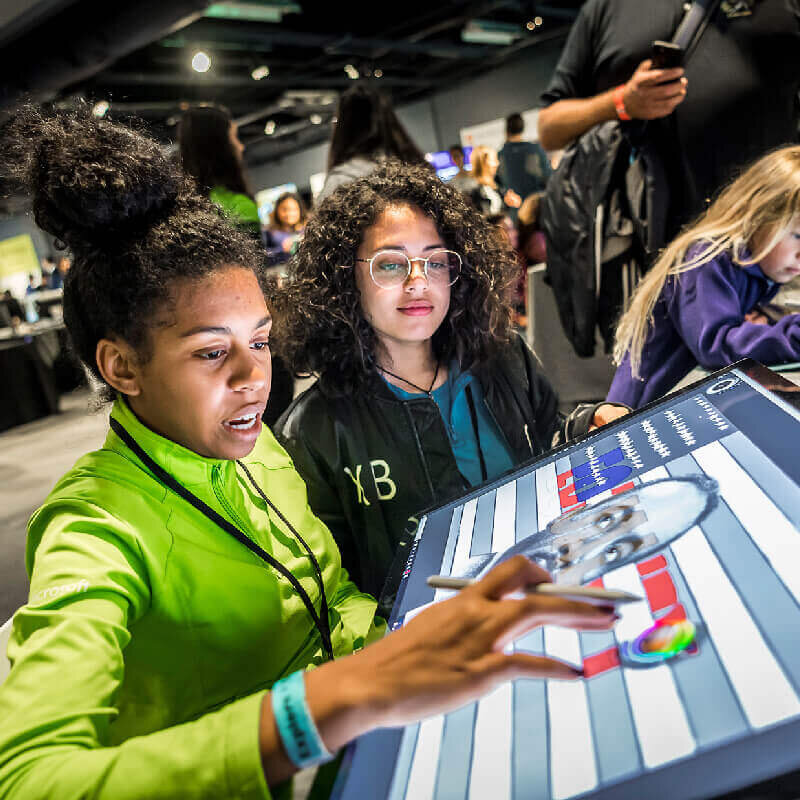
- Flip for science by enjoying this live acrobatic show that is the perfect blend of education and fun! Watch as the duo from WeFlip teach basic science concepts and then demonstrate how they put them to work with acrobatics! They climb five stacked chairs and test Newton’s Second Law by dropping objects from great heights!
- You don't have to be a rocket scientist to have fun with physics! Join the UCF Department of Physics to explore the physics behind energy conversion and storage. Don't worry if you aren't a physics whiz - these pros will help ignite the spark of curiosity in visitors of all ages with hands-on demos and easy-to-understand concepts. The Department is led by Dr. Joshua Colwell, who has led experiments that have flown on the Space Shuttle, suborbital rockets, parabolic airplane flights, and been performed on the International Space Station.
- If it can be dreamed, it can be measured, and if it can be measured, it can be realized, says the digital geniuses from FARO, an imaging company that imagines a better, more insightful and capable world through 3D digital means and measurement technologies. Explore their vision as they share how they created a full life-sized a scan of our famous T-Rex Stan.
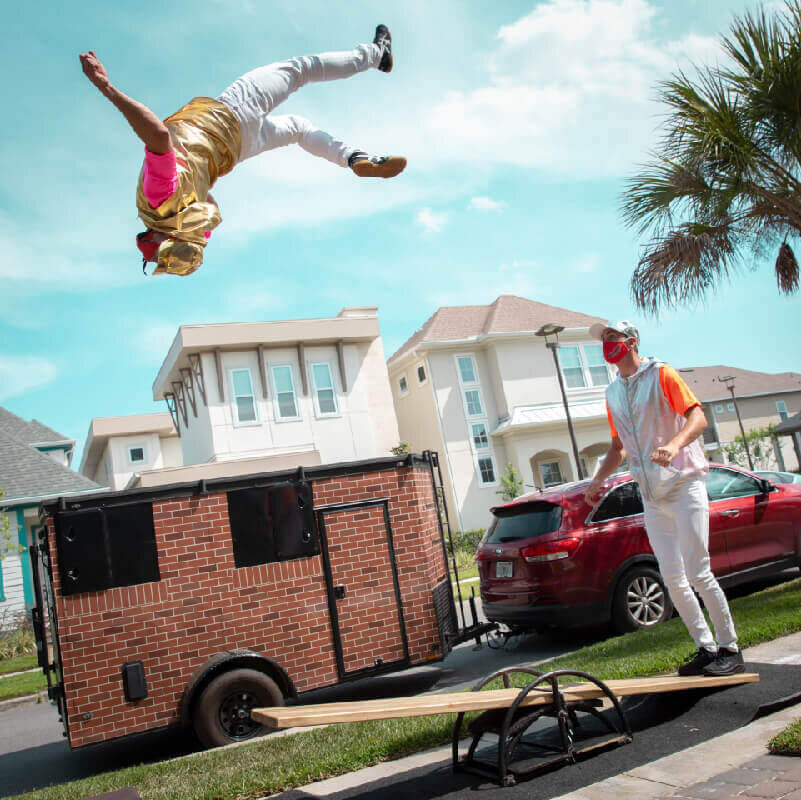
- John Collins is a master paper airplane builder and has amazed audiences on Conan O’Brien and shared his secrets with Wired Magazine. He has studied both origami and aerodynamics to design planes that set world records. He will be showing guests how to build many of his designs, including the one that broke the Guinness World Record by flying 226 feet 10 inches.
- We have all now seen amazing projection mapping on a building and seen it change before our eyes to become something or be somewhere else. What if this object that we were projecting on was moved? What if the movement was not predicable? See demonstrations of dynamic projection mapping on a moving object and learn its secrets, thanks to the experts at 7thSense.
Discover all about sharks, our ocean and how you can help protect both with the passionate marine biologists from Minorities in Shark Sciences. They will display shark jaws, skin, skeletons and other specimens plus hosts games and activities to learn more about sharks and marine conservation. Check out shark dissections at scheduled times throughout the event.
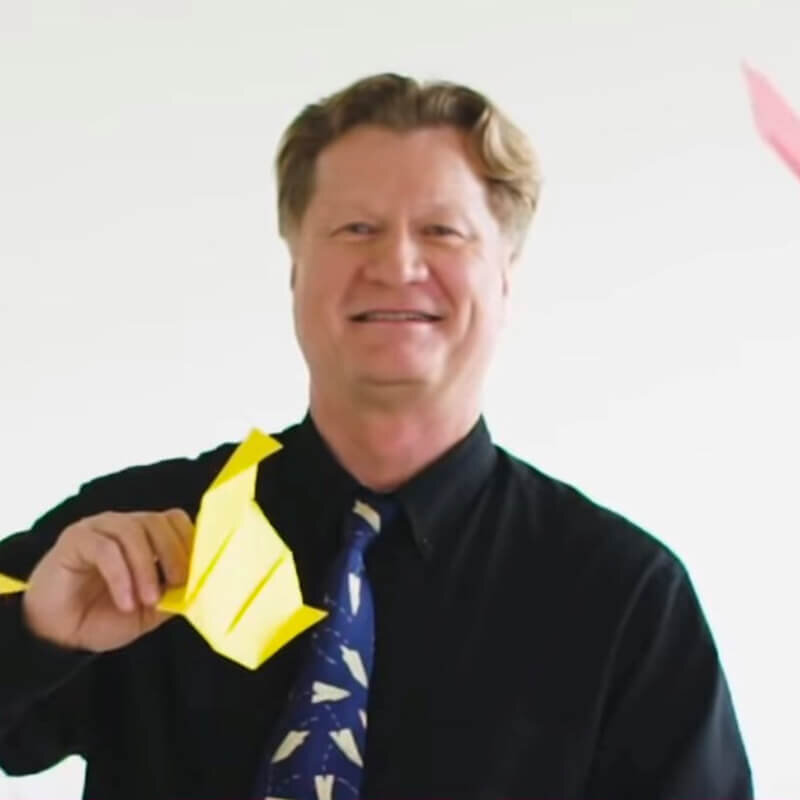
Check out a full schedule of Spark STEM Fest events!
Experience Spark STEM Fest - without the kids during Science Night Live!
Looking for a more grown-up way to interact with exhibitors, community partners, or thought-provoking guest speakers? 21+ are invited to a very special Science Night Live featuring Spark STEM Fest!
SNL is your ultimate destination for a get-together with science-minded friends or a fun date night out. This is your chance to experience our biggest event of the year in a casual, engaging atmosphere that is available for adults only. Science Night Live proves that there’s no age limit on curiosity!

Spark STEM Fest Hours: February 17 - 20, 2023, 10:00 a.m. to 5:00 p.m. daily.
General Admission: Spark is free for OSC members, $24.00 for adults, $12.00 for seniors and students, and $18.00 for youth (ages 2-11).
SCIENCE FOR ALL - General Admission Access Program: If you have an Electronic Benefit Transfer (EBT) or WIC card with a State-issued photo ID matching the name and state as the card, you qualify for a $3 admission per person for up to six individuals.
For more information, please call 407.514.2000.
